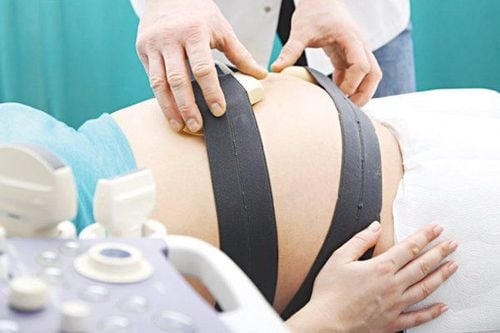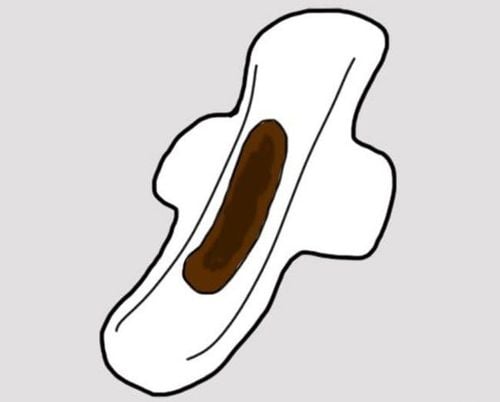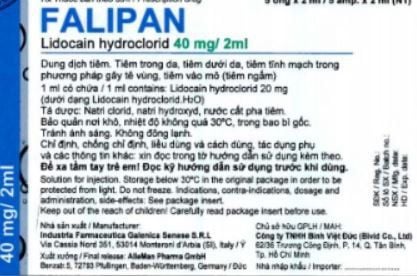This is an automatically translated article.
Posted by Doctor Nguyen Duc Tho - Department of Surgical Anesthesia - Vinmec Central Park International Hospital
Epidural anesthesia is currently one of the effective methods of pain relief during childbirth that many women choose during childbirth. However, it is important when choosing this method to understand the possible benefits and risks before doing so.
1.Learn about emergency cesarean section
Cesarean section during labor or emergency cesarean section is usually indicated in the following cases:
1.1 Indication for caesarean section because of the mother's cause The older child is a pregnant woman who is 35 years old or older . May or may not be accompanied by reasons for infertility: history of infertility treatment, rare children. Maternal medical conditions that may still permit monitoring of labor will be performed by cesarean section if another factor of difficulty is present. 1.2 Indications for caesarean section for the cause of the fetus Large fetus over 4,000g is not due to abnormal pregnancy. Abnormal positions: shoulder/horizontal, forehead, fontanel, posterior chin, buttocks. Multiple pregnancy: if the first pregnancy is not in the first position, labor has progressed to fetal distress when the conditions for lower birth are not met 1.3 Indication for cesarean section because of abnormalities in labor Abnormal uterine contractions Cervix no Removal or opening of premature/premature rupture of membranes stops labor progressing. Incited birth failure, disproportionate reincarnation with the pelvis, the head does not fall.

1.4 Indication for cesarean section because of complications in labor Bleeding because of placenta previa, placental abruption Threatened to rupture and rupture the uterus Prolapse of the umbilical cord while the fetus is still alive. Sa chi after trying to push up but failed.
2.Choose an emotionless method
The choice of anesthesia method in emergency cesarean section depends on the urgency of the indication for cesarean section or the minimum time to prepare for the cesarean section.
2.1 Urgent emergency: Time 5 - 10 minutes Causes of acute fetal failure due to lack of oxygen: umbilical cord prolapse, posterior placental hematoma, heavy bleeding (Benckiser), prolonged slow fetal heart rate, increased muscle tone uterus. Causes usually come from placenta previa, bleeding and uterine rupture.
2.2 Emergency cannot be delayed: 10 - 15 minutes time The cause comes from the baby due to acute fetal failure but the treatment has improved (the fetal heart rate is slow to recover). Cause from mother threatened uterine rupture, eclampsia.
Other causes, failed intrauterine pregnancy, breech position, ...
2.2 Emergency but with preparation time: time > 30 minutes Mechanical cause: Stopping cervical dilation during labor, failure to pass, failure to induce labor, mother-infant mismatch. Maternal causes: hypertension, indications for cesarean section during labor. Fetal causes: chronic fetal failure, Rhesus blood group incompatibility.

3. Epidural Anesthesia
In cases of emergency cesarean section, general anesthesia is mandatory. However, in cases where the preparation time is more than 15 minutes and if the patient has received an epidural to relieve pain during labor, doctors may consider the option of an epidural for the mother. to perform cesarean section.
The steps include:
Before administering an epidural before surgery, the anesthesiologist will check to make sure the NMC catheter is in the correct position and that the pain relief during labor is effective. The anesthesiologist will inject a sufficient amount of local anesthetic (Lidocaine 2% 10ml combined with Fentanyl 50mcg) into the intracranial cavity through the pre-placed intramuscular catheter to relieve pain during labor. Feeling the surgery area can reduce lower body movement, the mother remains awake during surgery. Anesthesia is a less commonly used method than TTS, usually applied to cases where pain has been reduced during childbirth, but for obstetrical reasons, pregnant women who cannot give birth often have to undergo caesarean section Advantages of this method can include: such as:
Easy to implement without having to change the method, avoiding the mother having to anesthetize. Few hemodynamic changes. A awake mother makes skin-to-skin contact with ease. A healthy baby is not affected by the anesthetic. Cons still exist such as:
Long wait time (10-15 minutes). The degree of anesthesia may not be maximal due to the low catheter position.

4. Issues to note when having an epidural
Anesthesia, anesthesia for cesarean section is a specialized technique that requires highly experienced doctors and must be performed in well-equipped medical facilities. Moreover, anesthesia and anesthesia in case of emergency cesarean section require good coordination between the anesthesiologist team and obstetricians to choose the most optimal method suitable for the emergency situation.
Epidural anesthesia technique has now been applied at Vinmec International General Hospital, helping pregnant women experience painless, gentle labor successfully. At the hospital, there is a team of experienced and professional anesthesiologists who will help pregnant women experience the safest pain-free birth. In addition, the system of modern equipment and professional services will give pregnant women a good experience and safety during childbirth.
Please dial HOTLINE for more information or register for an appointment HERE. Download MyVinmec app to make appointments faster and to manage your bookings easily.














